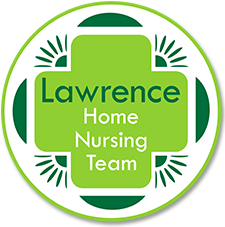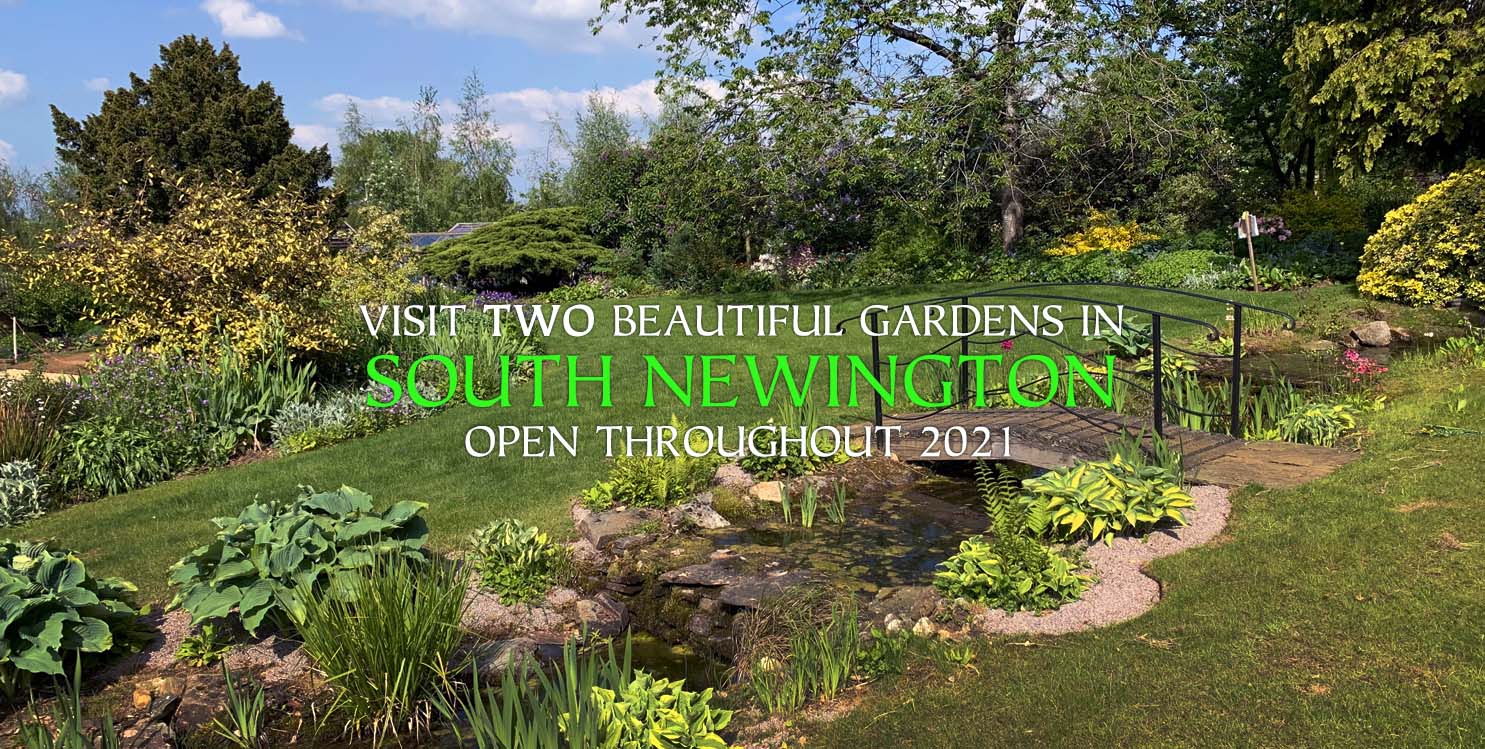
Please take the opportunity this Autumn/Winter to visit two varied gardens in South Newington, each of which offers at least 30 minutes of interest. They are situated opposite one another and are opened by appointment Monday-Saturday throughout the year. Groups are welcomed as well as individuals and families.
Each garden presents a rich palette of colour and form, created through design and planting. Herbaceous borders offer year-round interest and havens for a range of wildlife. The gardens have formal box hedge parterres and orchards with fruit trees. There are water features, as well as beehives in both locations. The kitchen gardens are managed on a rotation method and with companion planting. Where possible, the gardens are maintained organically.
- Open Mondays-Saturdays throughout the year by appointment only. Groups welcomed as are individuals and families.
- Opening time: 9am-3.30pm but other times are possible, subject to availability.
- Bespoke packages for groups can also be arranged, including early evenings.
- Please call Claire Swan to make an appointment to visit one or both gardens: 07711 720135 or email Claire here.
- Entry fee: minimum donation £5 for each of the two gardens.
- Parking: available at the properties.
- Accessibility: there are numerous gravel paths, which are accessible in a wheelchair but can be challenging.
- Dogs: assistance dogs only please.
- Refreshments: teas and cakes will be available for visits by pre-arrangement and at an additional charge.
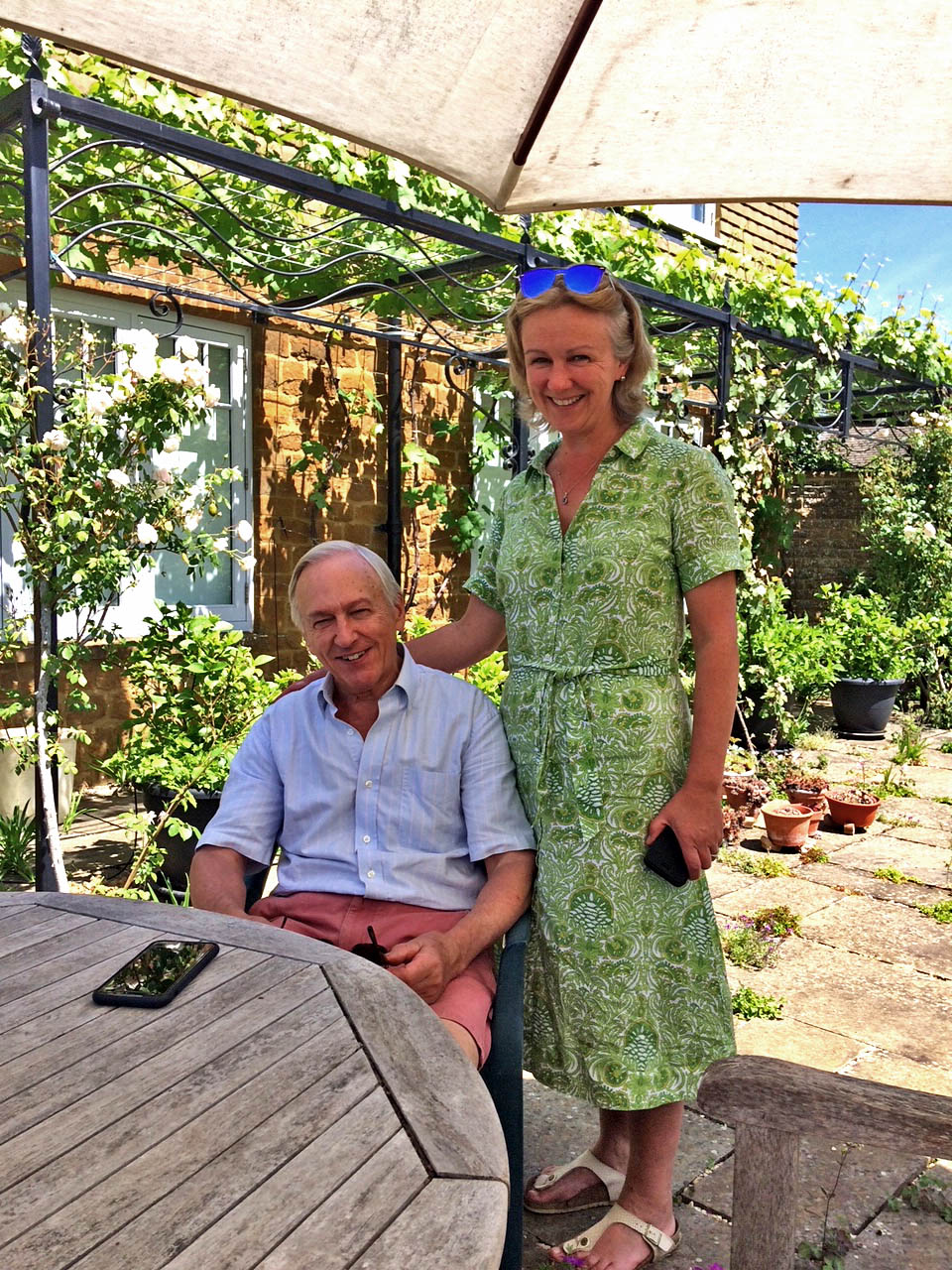
Your hosts: John Ainley of Bush House and daughter Claire of South Newington House.
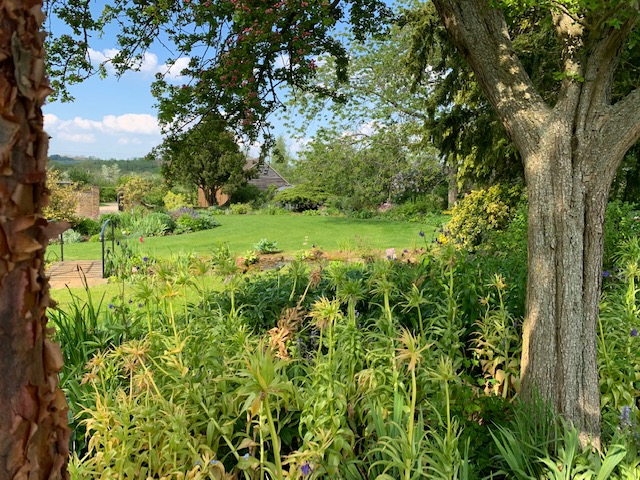
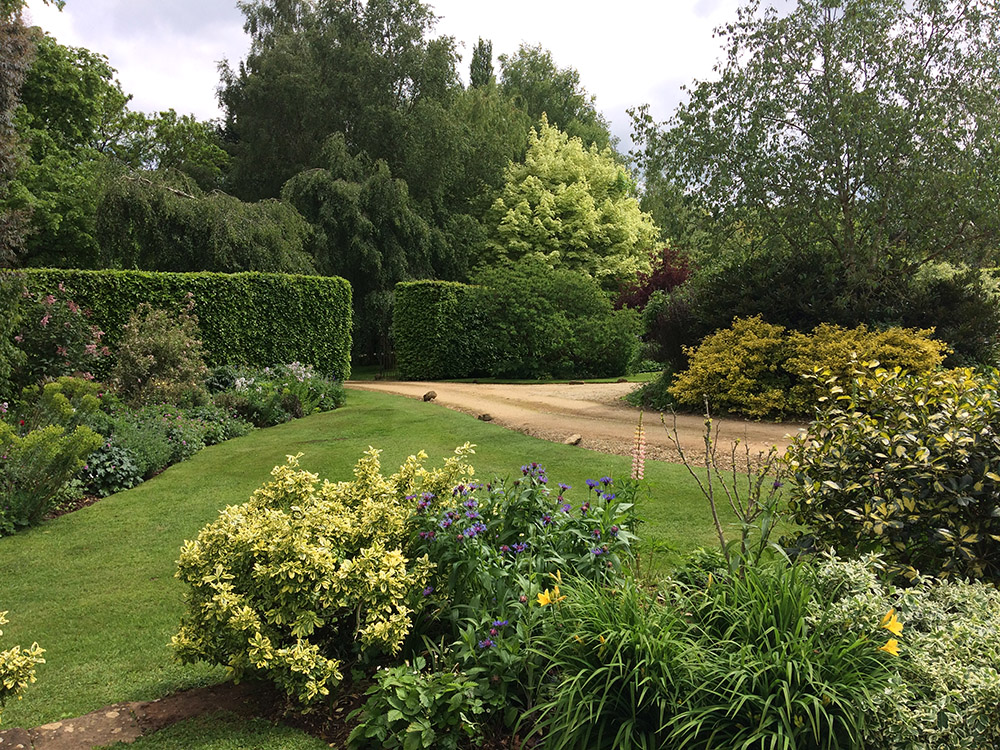
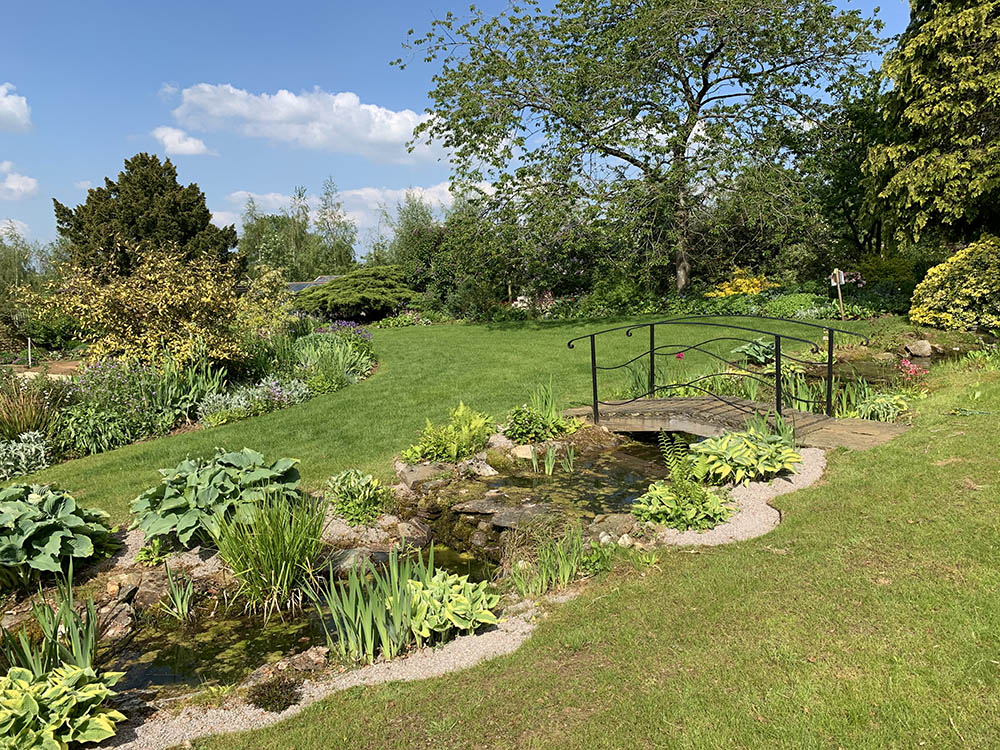
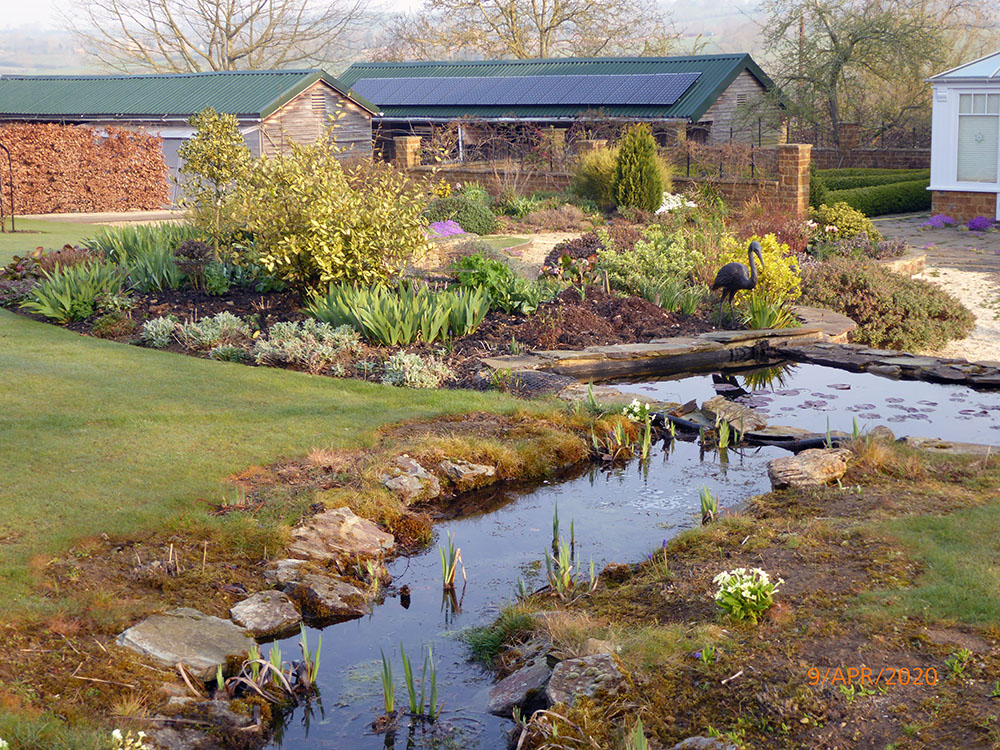
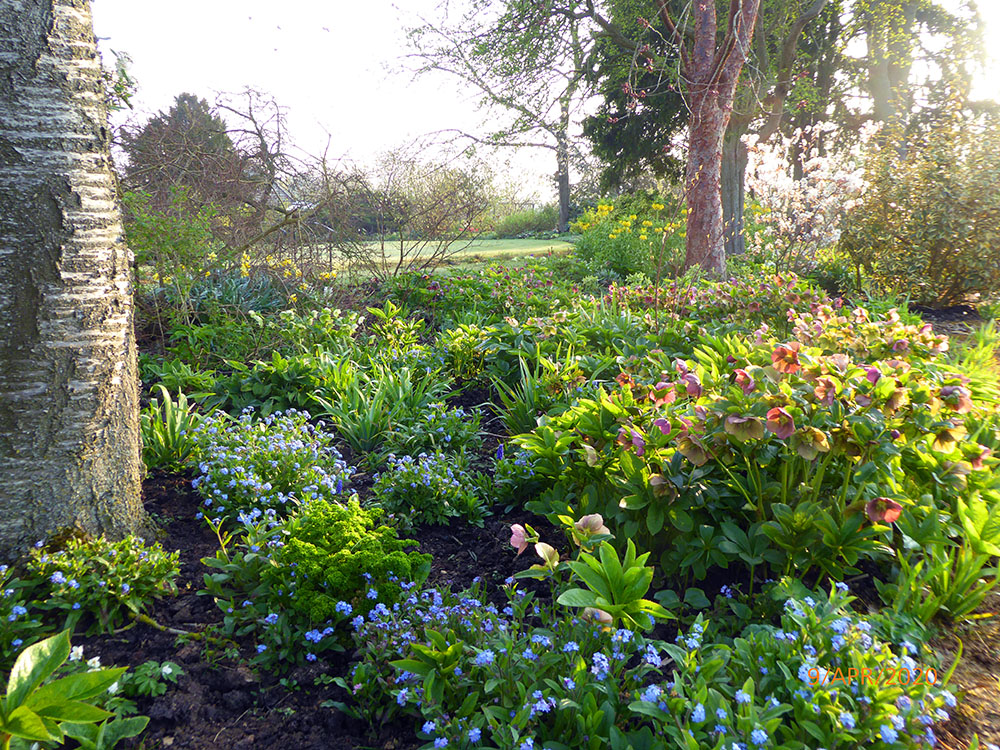

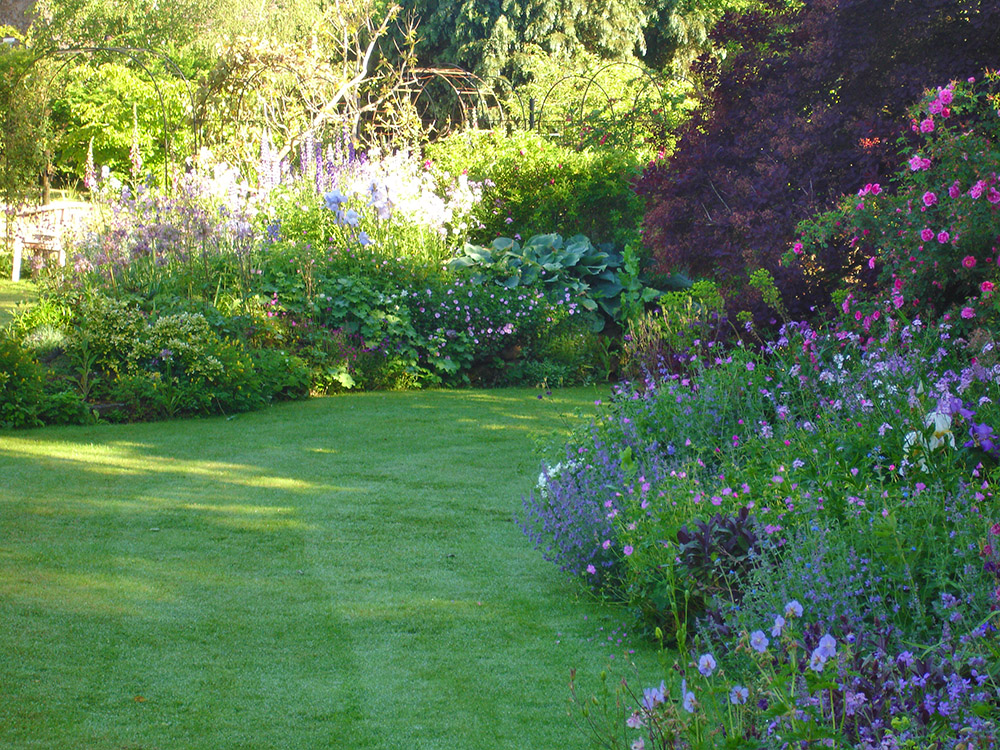
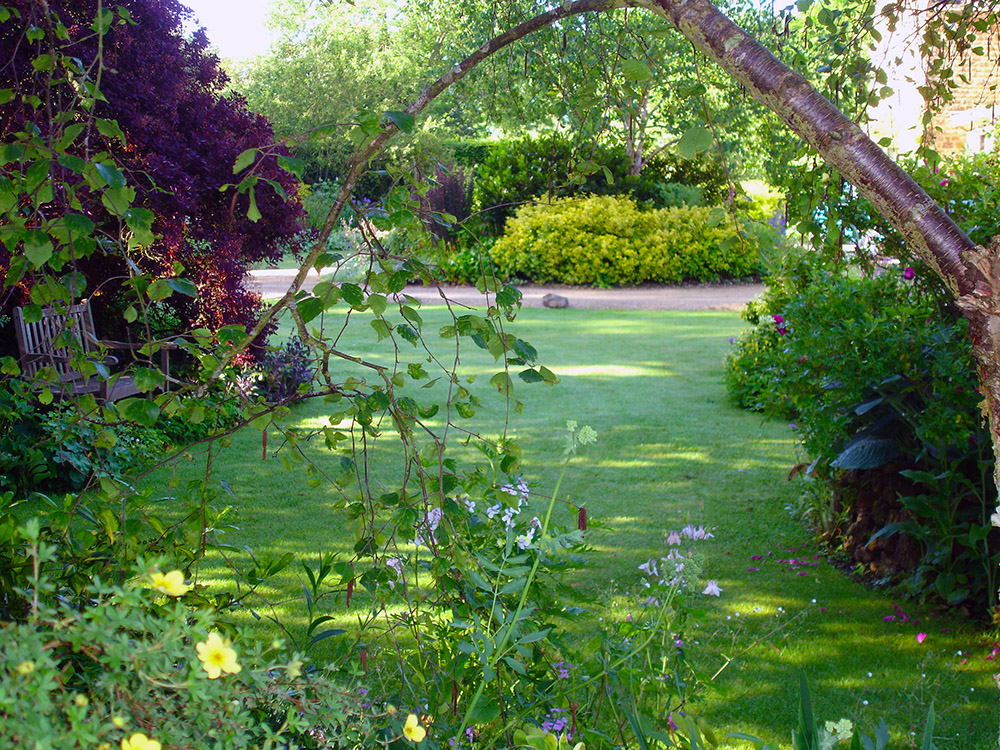
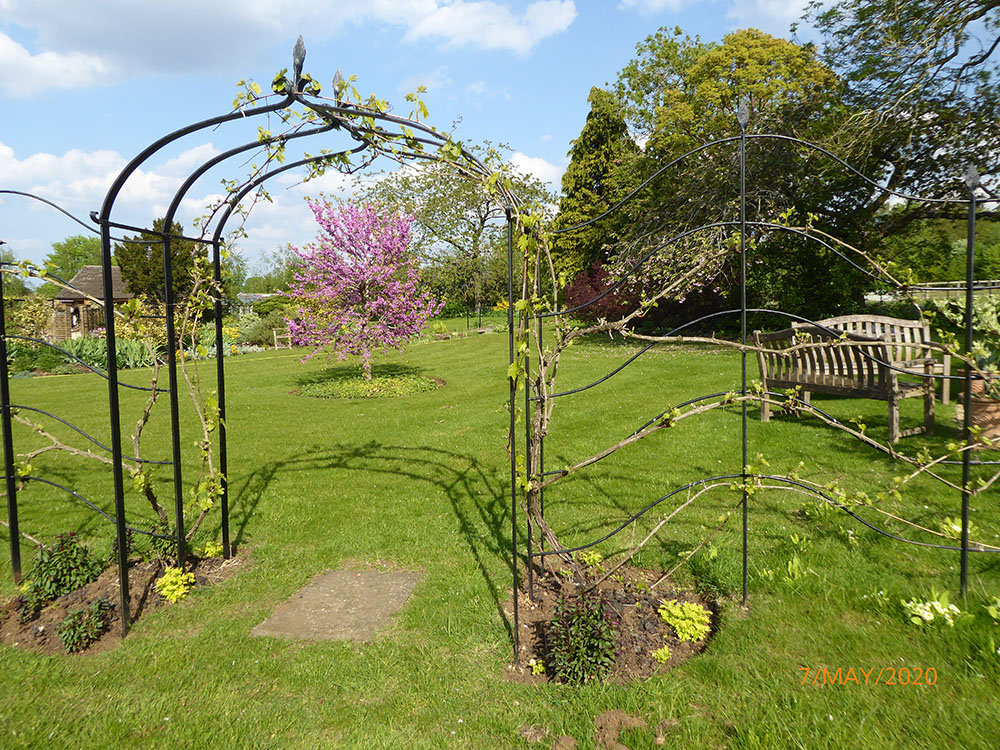
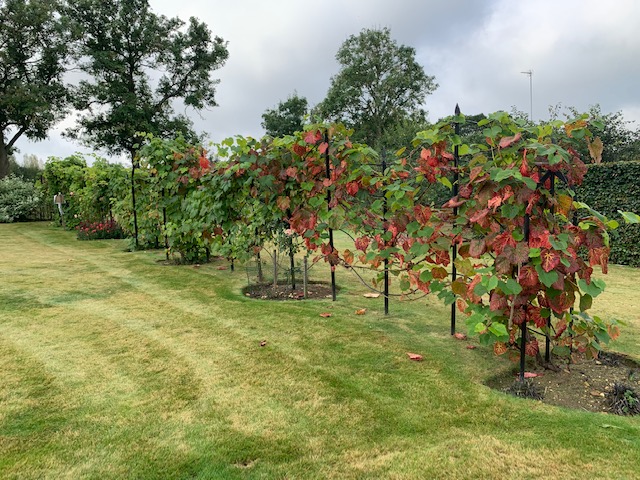
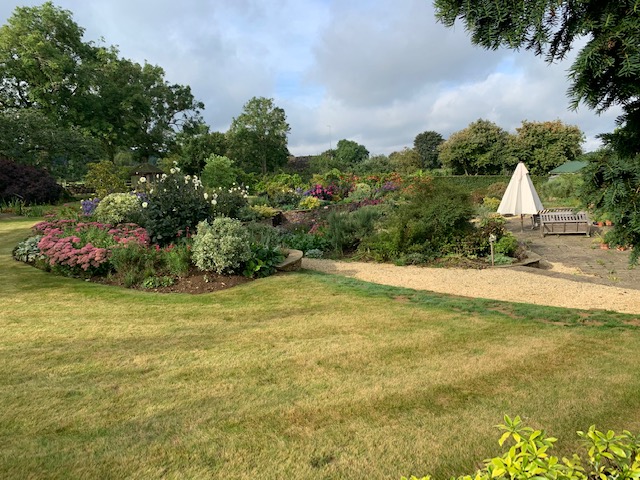
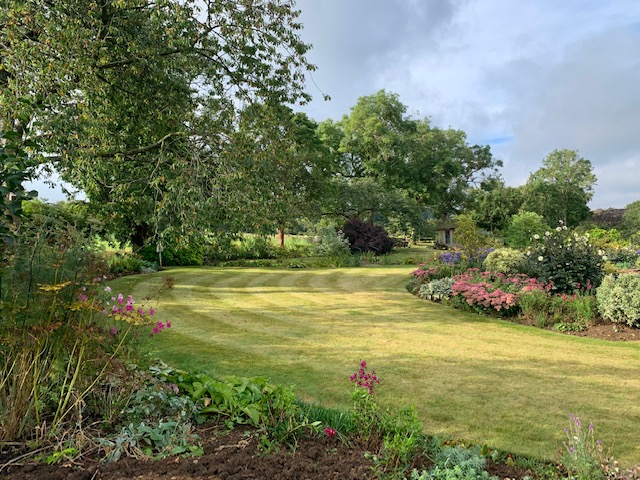
Testimonials
Thank you so much for allowing us to come and see your beautiful gardens this afternoon. John, the effort you have gone to with the photos showing the transformation were amazing. The waterproof coverings are genius. I had no idea how much garden you had behind the house. All the girls were amazed by how much work you have done and such attention to detail with the laying of your watering system, pump for the water feature, and brilliant bark for the trees. Even the vegetable patch was immaculate. Thank you for letting us share your magical gardens and I hope you get a chance to sit and enjoy the fruits of your labour this summer.[/testimonial][testimonial name=”Jenny & Nigel Tucker, April 2021″]
My husband and I visited these two delightful gardens last Sunday afternoon.
It was a beautiful sunny day and we were welcomed by Claire and her family who gave us plenty of information on each garden and then we were able to explore on our own and ask any questions when necessary.
Each garden has so many different areas of interest including fruit and vegetables. Many hours of work have gone into these gardens by the families themselves which make them even more special.
To round it all off we enjoyed a wonderful slice of homemade marmalade cake and a cup of tea in the sunshine with Poppy the Labrador.[/testimonial][testimonial name=”Anonymous”] On arrival, we were greeted by a beautiful cherry tree and a lovely display of hellebores and Chaenomeles all at their very best. There is a lovely parterre at the rear of Claire’s house infilled with beautiful tulips.
We were amazed at the abundance of different fruit trees and vegetables growing in both gardens and the bees buzzing around the beehives. We even had the opportunity to pick rhubarb after our delicious afternoon tea with homemade marmalade cake and freshly prepared chocolate crispies for my cousin’s daughter.
Thank you Claire and John for a lovely afternoon visit.[/testimonial][/testimonial_slider]
South Newington village
While you are in South Newington, you might choose to spend some time exploring the village. It originated in Anglo-Saxon times and after the Norman conquest, William the Conqueror granted the manor to Odo, Bishop of Bayeux. It’s recorded in the Domesday Book as one of his estates.
The lovely parish church of St Peter ad Vincula was originally a small late Norman church but it has been considerably extended and a bell tower was added at the end of the 13th century. Other additions were made in the 15th century. The tower has a ring of five bells, the oldest of which was cast in 1656.
The church also has unusual medieval wall paintings in the north aisle (1330–40) in oil on plaster. Professor Ernest Tristram describes the paintings as ‘of a nature seldom found in a parish church’.
